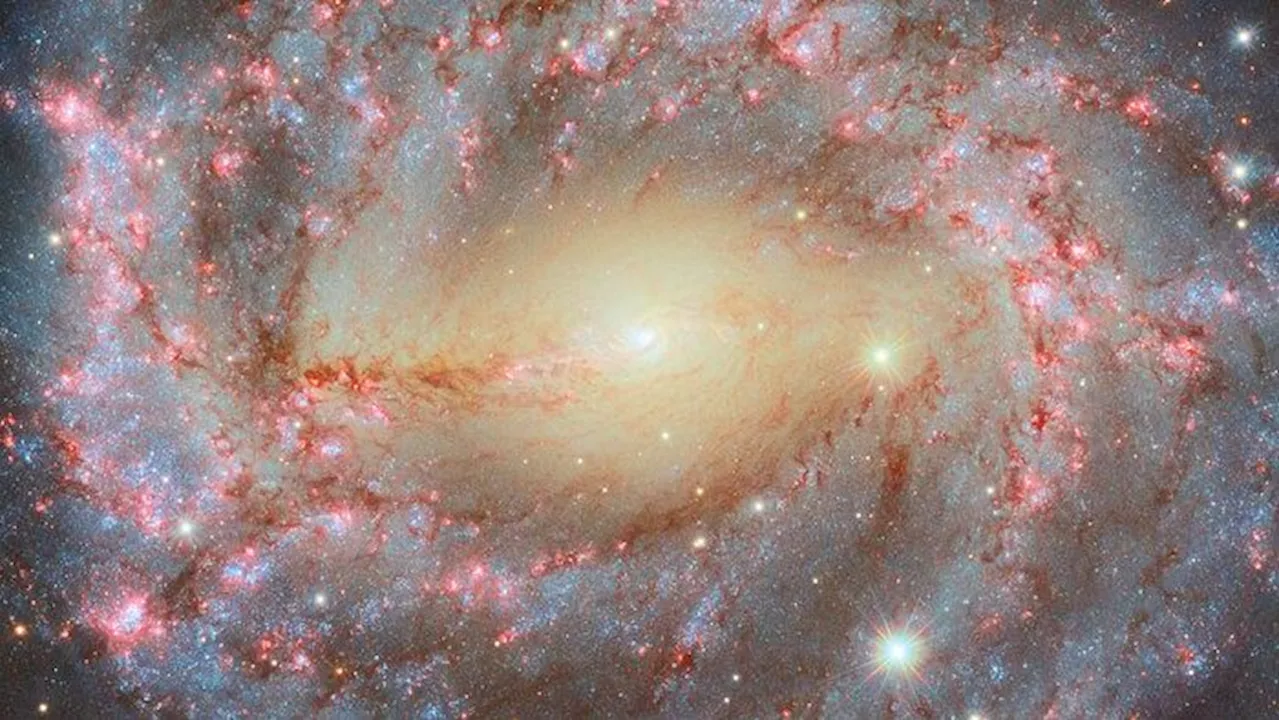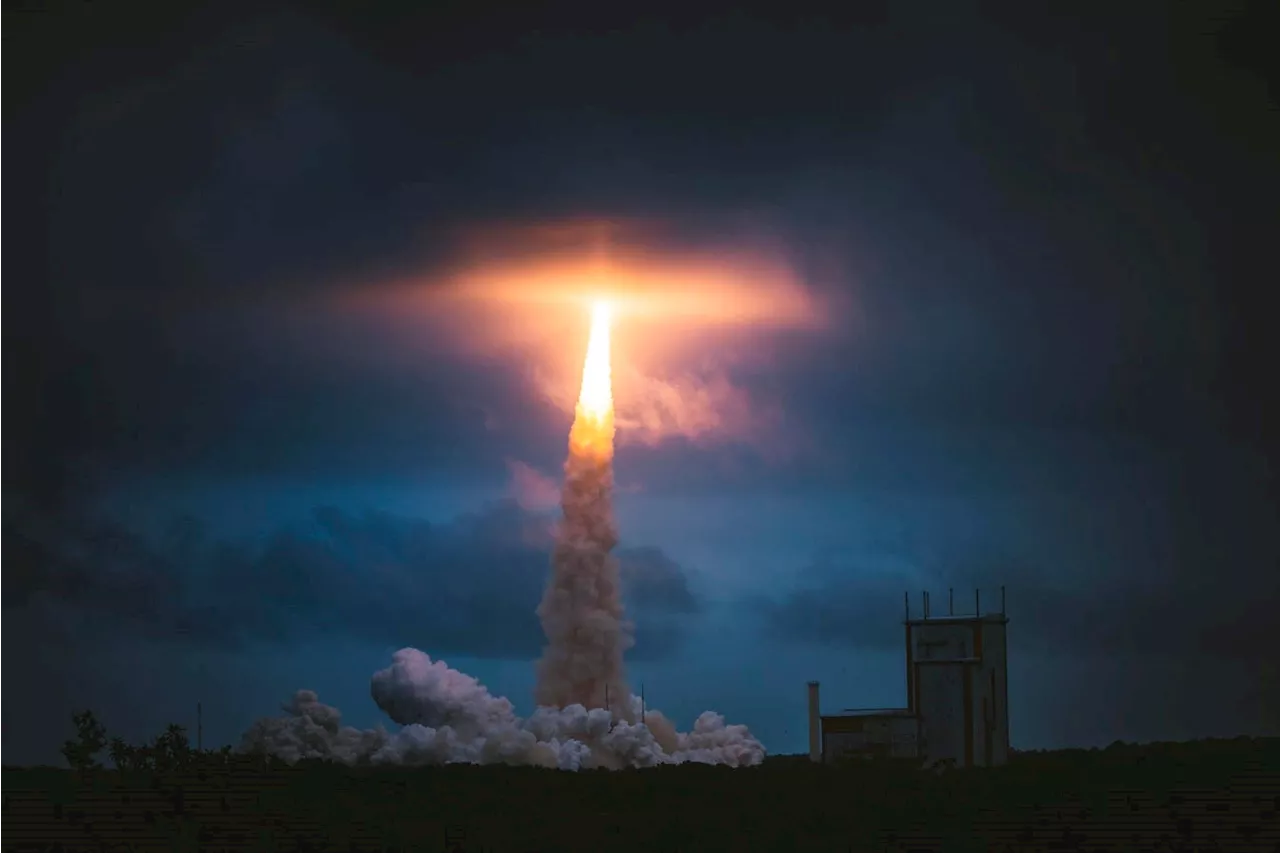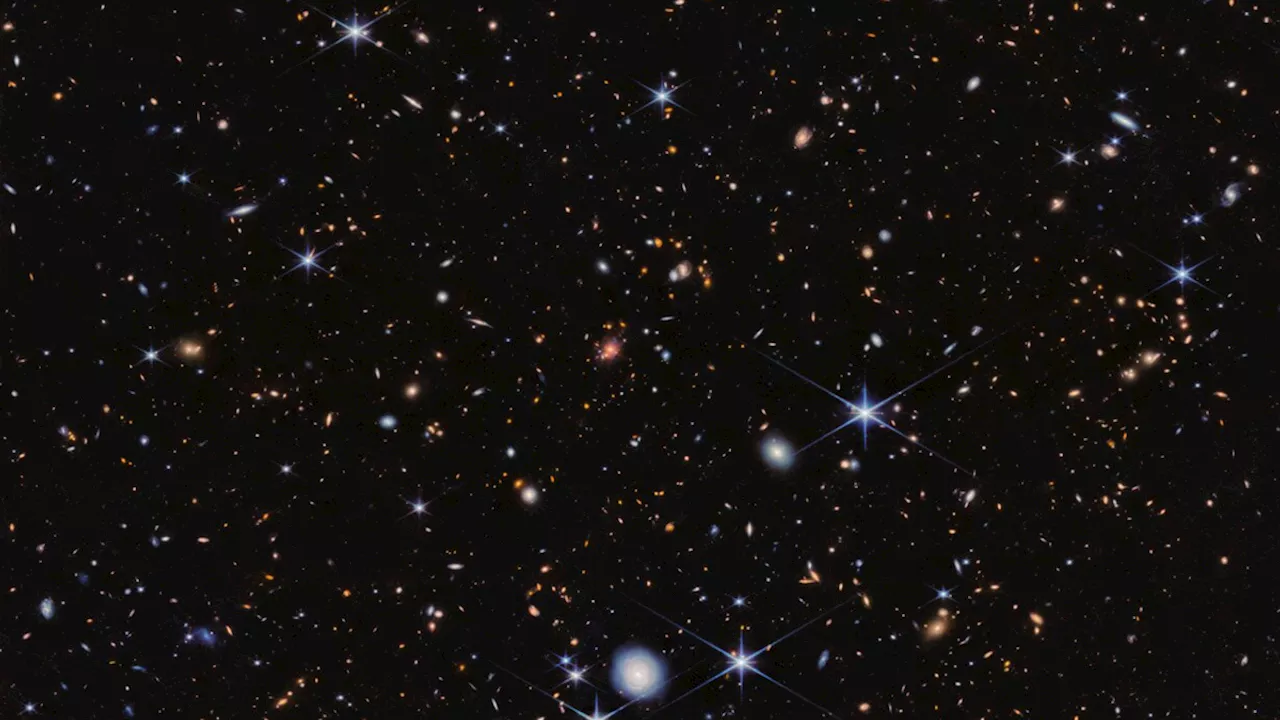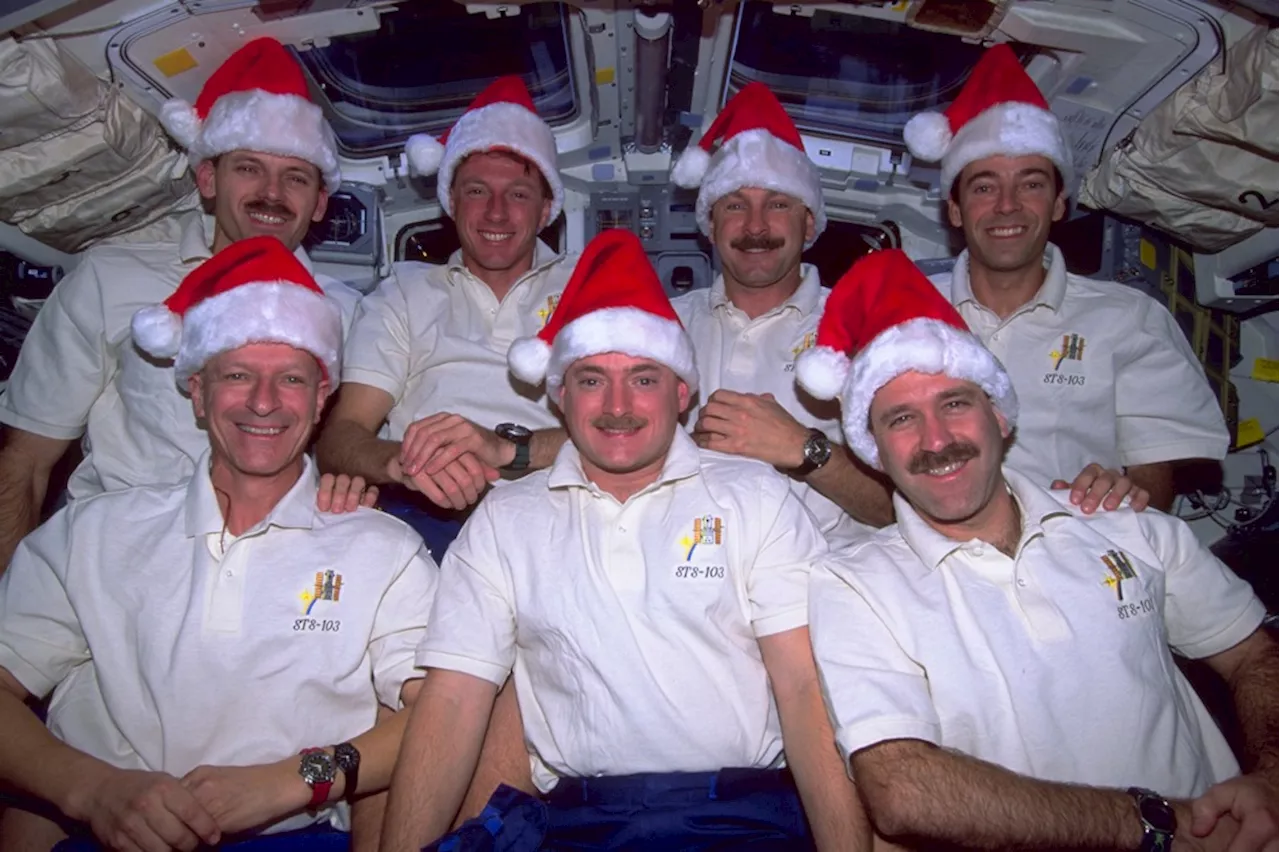This article details the third servicing mission to the Hubble Space Telescope, highlighting its importance in restoring the telescope's functionality and extending its operational life.
Trying to do stellar observations from Earth is like trying to do birdwatching from the bottom of a lake. The third servicing mission to the Hubble Space Telescope , placed in orbit in 1990, occurred during the STS-103 mission in December 1999. During the mission, originally planned for June 2000 but accelerated by six months following unexpected failures of the telescope’s attitude control gyroscopes, the astronauts restored the facility to full functionality.
During their eight-day mission that featured the first space shuttle crew to spend the night in space, the seven-member U.S. and European crew rendezvoused with and captured Hubble, and four astronauts in rotating teams of two conducted three lengthy and complex spacewalks to service and upgrade the telescope. They redeployed the telescope with greater capabilities than ever before to continue its mission to help scientists unlock the secrets of the universe. Workers inspect the Hubble Space Telescope’s 94-inch diameter primary mirror prior to assembly. Launch in 1990 that its primary mirror suffered from a flaw called spherical aberration disappointed scientists who could not obtain the sharp images they had expected. But thanks to the Hubble’s built-in feature of on-orbit servicing, NASA devised a plan to correct the telescope’s optics during the Servicing Mission 1 in 1993. A second servicing mission in 1997 upgraded the telescope’s capabilities until the next mission planned for three years later. But after three of the telescope’s six gyroscopes failed in 1997, 1998, and 1999, mission rules dictated a call up mission in case additional gyroscope failures sent Hubble into a safe mode. NASA elected to move up some of the servicing tasks from the third mission, splitting it into missions 3A and 3B, planning to fly 3A in October 1999 on Discovery’s STS-103 mission primarily to replace the failed gyroscopes
Hubble Space Telescope Servicing Mission Space Exploration Telescope Repair Astronauts
United States Latest News, United States Headlines
Similar News:You can also read news stories similar to this one that we have collected from other news sources.
 Inside the Hubble Space Telescope's 23-year-long look at a beautiful blue galaxyLarissa G. Capella is a Brazilian science writer based in the U.S. with a broad passion for the sciences, including physics, astronomy, geoscience, neuroscience, and more. She earned both a B.S. in Physics and a B.A. in English from Western Washington University in 2024.
Inside the Hubble Space Telescope's 23-year-long look at a beautiful blue galaxyLarissa G. Capella is a Brazilian science writer based in the U.S. with a broad passion for the sciences, including physics, astronomy, geoscience, neuroscience, and more. She earned both a B.S. in Physics and a B.A. in English from Western Washington University in 2024.
Read more »
 'Grand' spiral galaxy dazzles in new Hubble Telescope photoSamantha Mathewson joined Space.com as an intern in the summer of 2016. She received a B.A. in Journalism and Environmental Science at the University of New Haven, in Connecticut. Previously, her work has been published in Nature World News.
'Grand' spiral galaxy dazzles in new Hubble Telescope photoSamantha Mathewson joined Space.com as an intern in the summer of 2016. She received a B.A. in Journalism and Environmental Science at the University of New Haven, in Connecticut. Previously, her work has been published in Nature World News.
Read more »
 USPS to Release New James Webb Space Telescope Stamps in 2025The United States Postal Service (USPS) will release a new set of postage stamps featuring images captured by the James Webb Space Telescope (JWST) in 2025. The stamps, scheduled for release on January 21, will showcase two deep-space vistas.
USPS to Release New James Webb Space Telescope Stamps in 2025The United States Postal Service (USPS) will release a new set of postage stamps featuring images captured by the James Webb Space Telescope (JWST) in 2025. The stamps, scheduled for release on January 21, will showcase two deep-space vistas.
Read more »
 Review Of Infinite Cosmos: Visions From The James Webb Space TelescopeI value storytelling, narrative depth, and plain language.
Review Of Infinite Cosmos: Visions From The James Webb Space TelescopeI value storytelling, narrative depth, and plain language.
Read more »
 Spiderweb protocluster is filled with baby galaxies, James Webb Space Telescope reveals (image)Robert Lea is a science journalist in the U.K. whose articles have been published in Physics World, New Scientist, Astronomy Magazine, All About Space, Newsweek and ZME Science. He also writes about science communication for Elsevier and the European Journal of Physics. Rob holds a bachelor of science degree in physics and astronomy from the U.K.
Spiderweb protocluster is filled with baby galaxies, James Webb Space Telescope reveals (image)Robert Lea is a science journalist in the U.K. whose articles have been published in Physics World, New Scientist, Astronomy Magazine, All About Space, Newsweek and ZME Science. He also writes about science communication for Elsevier and the European Journal of Physics. Rob holds a bachelor of science degree in physics and astronomy from the U.K.
Read more »
 NASA's next-gen Nancy Grace Roman Space Telescope gets its powerful eye (photos)A chemist turned science writer, Victoria Corless completed her Ph.D. in organic synthesis at the University of Toronto and, ever the cliché, realized lab work was not something she wanted to do for the rest of her days.
NASA's next-gen Nancy Grace Roman Space Telescope gets its powerful eye (photos)A chemist turned science writer, Victoria Corless completed her Ph.D. in organic synthesis at the University of Toronto and, ever the cliché, realized lab work was not something she wanted to do for the rest of her days.
Read more »
